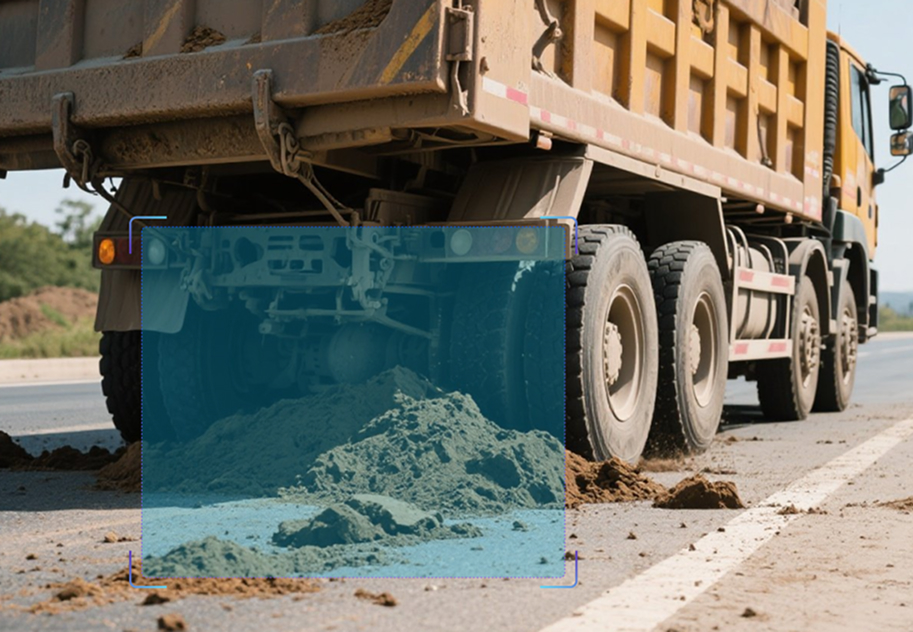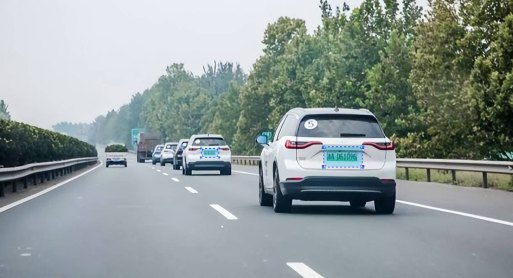
Road Surface Spillage Detection

Algorithm Introduction
Road debris detection is a critical technology for intelligent transportation and road safety management, primarily designed to identify objects ejected from vehicles in real time to prevent traffic accidents and enhance road maintenance efficiency.
- ● Scene Requirements:
- - Currently supports highway tollgate surveillance cameras
- - Optimal performance during daytime with no significant precipitation; nighttime performance cannot be guaranteed
- - Minimum detected vehicle size: 100×100 pixels
- ● Debris width: ≥3% of total frame width (e.g., no less than 30 pixels in a 1000-pixel wide video frame)
- ● Debris height: ≥3% of total frame height (e.g., no less than 18 pixels in a 600-pixel high video frame)
- ● Exclusion criteria:
- - Highly transparent objects
- - Objects with color too similar to the road surface
- ● Definition of exclusion conditions: The average RGB value change in the target area before and after debris deposition must exceed 30
Application Value
-

Highway Surveillance
The algorithm can effectively identify road debris and significantly reduce the probability of highway accidents. -

Autonomous Driving Preview
The algorithm can allow vechicles to scan the ground to avoid scattered obstacles in advance. -

Municipal Inspection
The algorithm can be applied to patrol vehicles, automatically reporting roadside litter locations to the management platform.
FAQ
-
Algorithm AccuracyAll algorithms published on the website claim accuracies above 90 %. However, real-world performance drops can occur for the following reasons:
(1) Poor imaging quality, such as
• Strong light, backlight, nighttime, rain, snow, or fog degrading image quality
• Low resolution, motion blur, lens contamination, compression artifacts, or sensor noise
• Targets being partially or fully occluded (common in object detection, tracking, and pose estimation)
(2) The website provides two broad classes of algorithms: general-purpose and long-tail (rare scenes, uncommon object categories, or insufficient training data). Long-tail algorithms typically exhibit weaker generalization.
(3) Accuracy is not guaranteed in boundary or extreme scenarios.
-
Deployment & InferenceWe offer multiple deployment formats—Models, Applets and SDKs.
Compatibility has been verified with more than ten domestic chip vendors, including Huawei Ascend, Iluvatar, and Denglin, ensuring full support for China-made CPUs, GPUs, and NPUs to meet high-grade IT innovation requirements.
For each hardware configuration, we select and deploy a high-accuracy model whose parameter count is optimally matched to the available compute power.
-
How to Customize an AlgorithmAll algorithms showcased on the website come with ready-to-use models and corresponding application examples. If you need further optimization or customization, choose one of the following paths:
(1) Standard Customization (highest accuracy, longer lead time)
Requirements discussion → collect valid data (≥1 000 images or ≥100 video clips from your scenario) → custom algorithm development & deployment → acceptance testing
(2) Rapid Implementation (Monolith:https://monolith.sensefoundry.cn/)
Monolith provides an intuitive, web-based interface that requires no deep AI expertise. In as little as 30 minutes you can upload data, leverage smart annotation, train, and deploy a high-performance vision model end-to-end—dramatically shortening the algorithm production cycle.






